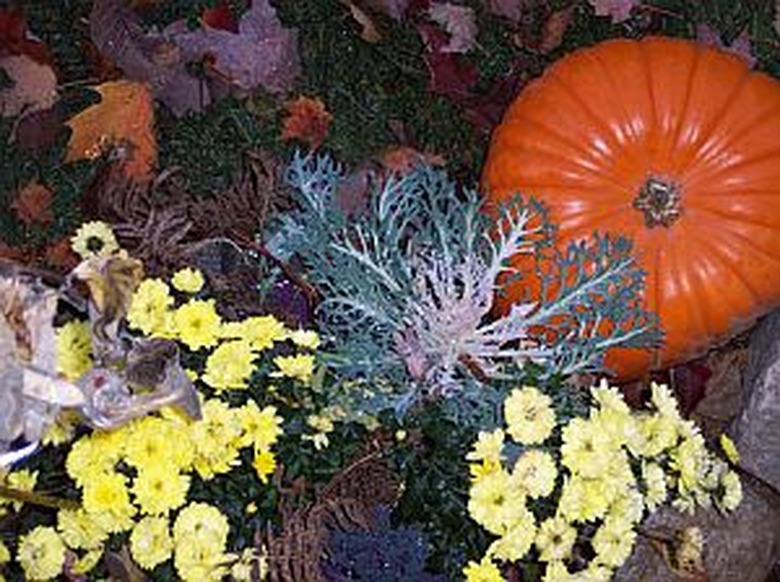How To Prepare Flower Beds For Winter
Things Needed
- Garden shears
- Water
- Mulch
- Gardening gloves
As the brilliance of autumn begins to decline, a gardener must think about tucking the flower beds in for a long winter sleep. Even though the plants are not growing and producing the way they were during the summer months, there is still much to do to take care of the flower beds and make sure that the plants survive the winter. Taking the time to prepare flower beds for winter will ensure healthy, robust plants next spring.
Step 1
Continue to water your flower beds throughout the autumn until the ground freezes. For best results, make sure the flower beds receive approximately 1 inch of water every week in the form of one deep watering per week. This will help the plants to grow strong roots. Stop watering when the ground will no longer hold water because it is too cold.
- As the brilliance of autumn begins to decline, a gardener must think about tucking the flower beds in for a long winter sleep.
- Taking the time to prepare flower beds for winter will ensure healthy, robust plants next spring.
Step 2
Remove all weeds from the flower beds to prepare them for winter. Allowing weeds to stay in flower beds throughout the winter may cause disease or pest damage. When you remove weeds in the autumn, you are preparing the flower beds for a healthy growing season next summer.
Step 3
Cut back perennial plants as they show signs of decline. When plants begin to yellow and wilt, cut them back to the ground. Generally, you can safely cut all perennial plants back to the soil level. If you have ornamental grasses or other plants that add interest to a winter landscape, leave these plants intact until next spring. Cut down any perennial plants left standing in the spring.
- Remove all weeds from the flower beds to prepare them for winter.
- When you remove weeds in the autumn, you are preparing the flower beds for a healthy growing season next summer.
Step 4
Lay down mulch to insulate the plants after at least two frosts have occurred. If you mulch too early, the soil will still be warm, and this may lead to plant decay. When the soil has cooled from the frosts, lay down between 2 and 3 inches of mulch around the perennial plants. Do not cover the actual plants with mulch, but scatter the mulch evenly over the soil. This will prevent the plants from decaying due to water accumulating around the roots.
